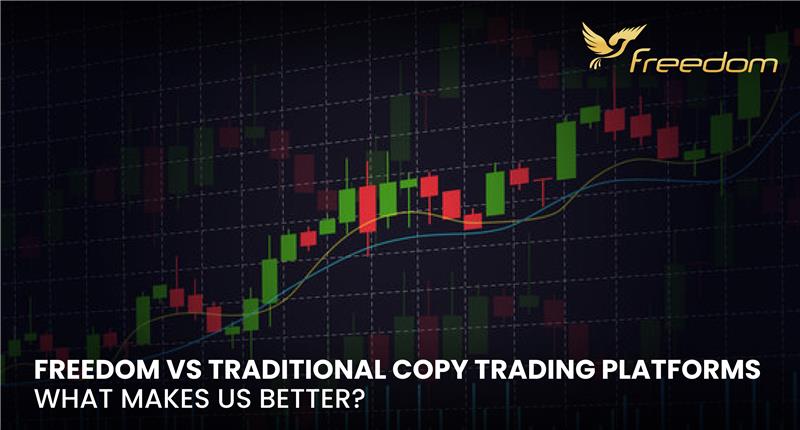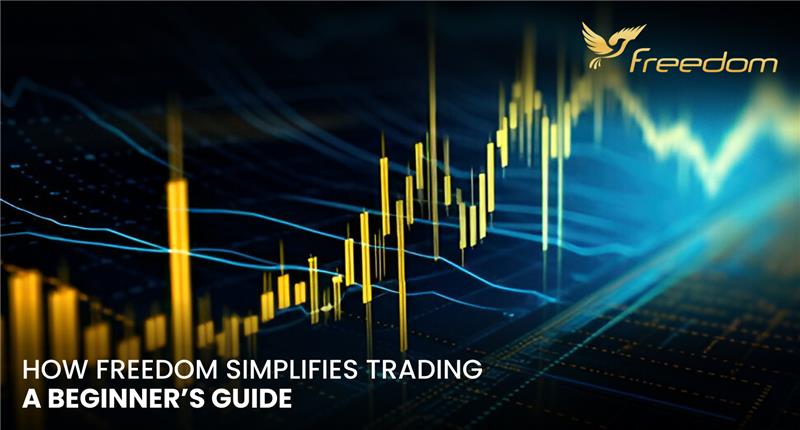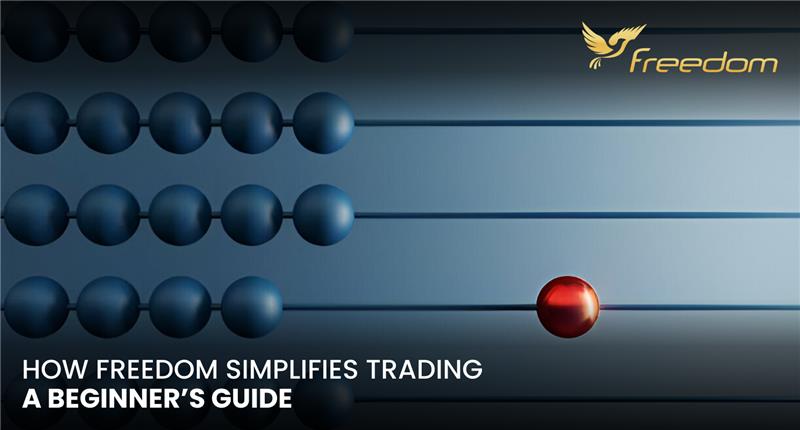The selling of a securities or financial instrument that the seller has borrowed is referred to as short selling, sometimes called as “shorting,” “selling short,” or “going short.” The short seller thinks that the price of the borrowed security will drop, making it possible to repurchase it for a profit at a reduced cost. The profit or loss, depending about the short seller is represented by the difference between the price at which the security was bought and sold.
How Ethical is Short Selling?
Among the most misunderstood subjects in the world of investing is probably short selling. Short sellers are frequently despised as heartless people seeking money at any costs, with little regard for the businesses and livelihoods they ruin in the process. Some critics have called short sellers unethical because they make bets that are contrary to the state of the economy.
Although shorting is inherently dangerous because it deviates from the market’s long-term upward trend, it is more dangerous when the market is rising. When facing increasing losses in an unwavering bull market, short sellers are reminded of the well-known quote by John Maynard Keynes, the market can stay irrational longer than you can stay solvent.
While there are some unscrupulous short sellers who may use unethical methods to manipulate stock prices, short sellers are not all that dissimilar from stock touts who employ hype and rumors in “pump-and-dump” operations to manipulate stock prices. Given the participation of hedge funds, quant funds, and other institutional investors on the short side, short selling has arguably become more respectable in recent years. Investors are more eager to learn about short selling as a technique for managing portfolio risk because of the two global bear markets that broke out in the first ten years of this millennium.
The Principles of Short Sales
Let us explain the short-selling procedure with a simple example.
To begin with, to short a stock, you would require a margin account at a brokerage company. After then, a specific quantity of margin would need to be deposited into this account. Since the normal margin requirement is 150%, you must provide 50% of the profits that you would receive by shorting a stock. Therefore, you need to deposit $500 as margin into your account to short sell 100 shares of a stock that is trading at $10.
Assume you have created a margin account and are currently seeking a qualified candidate for short sales. You determine that Conundrum Co., a fictitious company, is going to have a significant decrease and you choose to short 100 shares at a price of $50 each.
Before we proceed further, please take a moment to follow us on Facebook.
Rewards and Risks
There are several dangers associated with short selling, such as the following:
Time is of the essence
The short sale’s timing is crucial since starting one at the incorrect moment might go horribly wrong. Brokers demand the sales to be repurchased at increasingly higher prices, causing a short squeeze, so if the price goes up instead of down, you can fast incur losses because short sales are done on margin.
Risks related to regulations
Because of market conditions, regulators can prohibit short sales; this can create a market rise and force the short seller to cover positions at a significant loss. Heavily shorted stocks also carry the risk of “buy in,” which is the broker-dealer closing out a short position if the stock moves sharply lower.
Strict trading discipline required
Because short selling entails so many risks, it is best suited for traders and investors who possess the trading discipline to stop losing when necessary. It is not a wise move to hold a losing short position in the hopes that it would recover. Tight stop loss observance and ongoing position monitoring are necessary while short selling.
Unbalanced risk-reward yield
A short sell carries the risk of infinite loss, in contrast to a long position in a security, where the loss is restricted to the amount invested in the security and the possible profit is unlimited. In the meanwhile, there is a cap on the maximum gain, which would happen if the stock fell to zero.
Shorting is expensive
In addition to trading commissions, there are other expenses associated with short selling. Borrowing shares to short carries a hefty fee in addition to the interest that is typically paid on a margin account. Any dividend payments made by the shorted stock are also the responsibility of the short seller.
| RISKS | REWARDS |
| Requires rigorous trading discipline and ongoing oversight | By taking advantage of market declines, short selling provides the opportunity for profit and counteracts the typical long-only trend |
| Unexpected regulatory restrictions can result in large losses; even in the absence of restrictions, losses can mount quickly | Possible advantages of anticyclical conduct |
| Short selling needs timing skills and can result in significant expenses | Although there is a significant risk associated with short selling, there are also chances for large gains |
The Final Word
Why even bother shorting with these risks? Since markets and equities sometimes fall considerably more quickly than they rise, and certain expensive assets may present profitable possibilities.
The S&P 500, for instance, doubled during five years, from 2002 to 2007, but subsequently fell by 55% in less than eighteen months, from October 2007 to March 2009. During this market downturn, shrewd investors who had shorted the market realized windfall profits.
Nonetheless, short selling is a quite complex tactic that is best suited for knowledgeable traders or investors who are aware of the risks and laws associated with shorting. Because there is less risk involved, the average investor might be better off using put options to speculate on a downturn or hedge downside risk. But short selling may be a powerful tool in an investor’s toolbox if they know how to utilize it properly. We hope you find this blog useful. For more informative content, follow Freedom.




